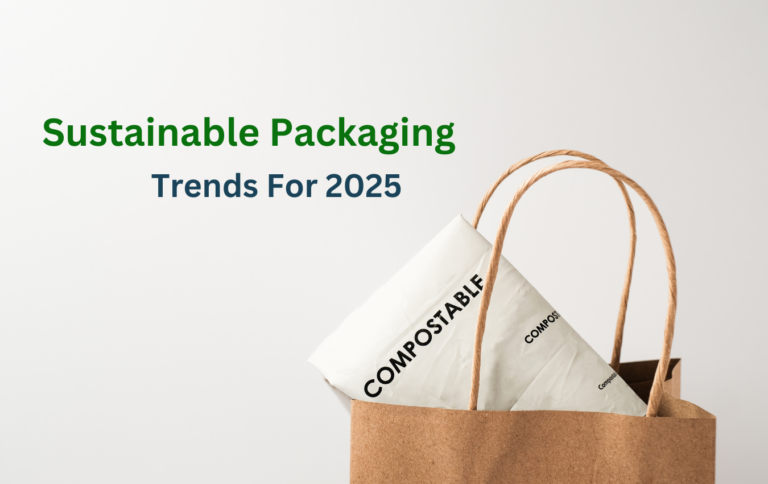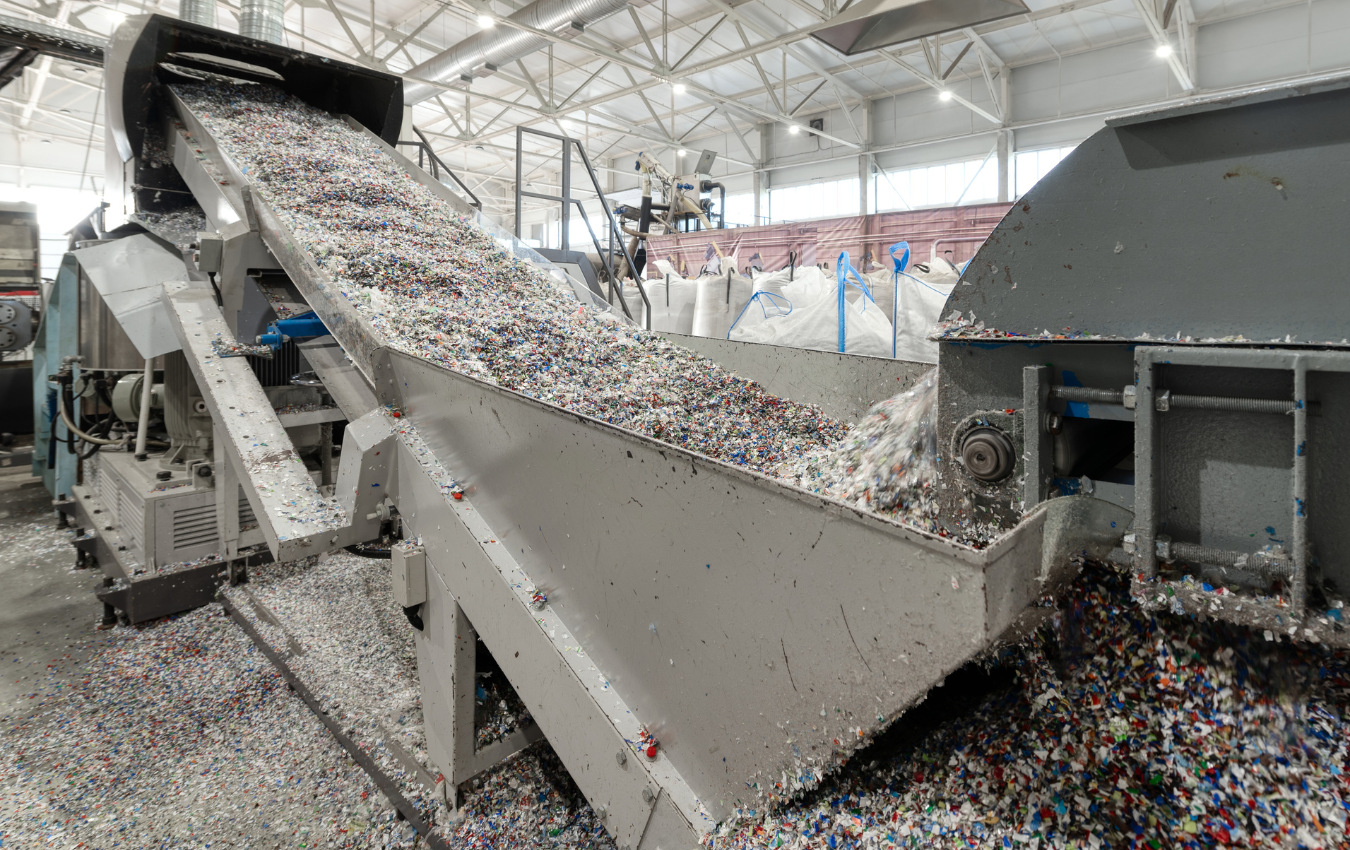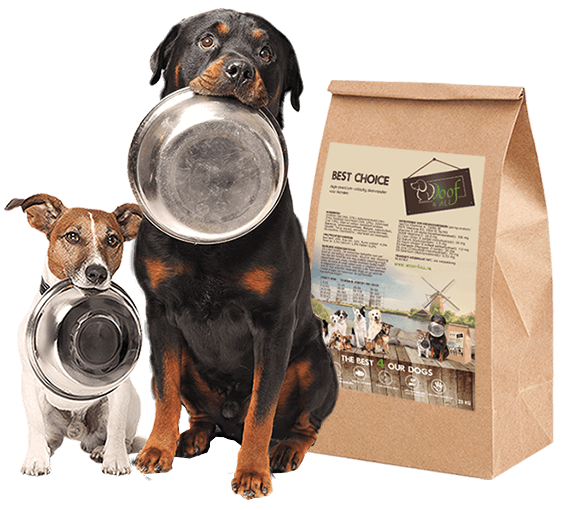Home » 10 Top Sustainable Packaging Trends for 2025
10 Top Sustainable Packaging Trends for 2025

As environmental concerns continue to dominate consumer and regulatory conversations, the packaging industry is responding with innovative, eco-friendly solutions. In 2025, sustainable packaging will not only be a trend but a necessity for businesses looking to reduce their environmental footprint and appeal to increasingly eco-conscious consumers. Here are the top sustainability packaging trends expected to shape the industry in the coming years:
Biodegradable and Compostable Materials
The use of biodegradable and compostable materials is on the rise, as more companies turn to alternatives that naturally break down in the environment. Materials such as plant-based plastics, seaweed, and other organic fibers are becoming popular in food and single-use packaging, helping to eliminate waste and reduce landfill use.

Recyclable Packaging Solutions
Recycling remains one of the most effective ways to reduce waste, and packaging designed for easy recycling is more important than ever. Companies are investing in materials like paper, cardboard, and recyclable plastics, ensuring they are part of a closed-loop system where packaging can be reprocessed and reused multiple times.

Lightweight Packaging
Lightweight packaging not only reduces material use but also cuts transportation costs and lowers emissions. By using thinner, stronger materials, companies can achieve the same protective qualities while reducing the carbon footprint of shipping.

Reusable Packaging Systems
Reusable packaging is gaining momentum, with more brands adopting refillable or returnable containers. This trend reduces the need for single-use materials and allows customers to participate in circular economies where packaging is sent back, cleaned, and reused multiple times.
Plant-Based Packaging
Packaging derived from renewable plant sources like cornstarch, bamboo, and seaweed is an increasingly popular alternative to traditional petroleum-based plastics. These materials are not only renewable but also often biodegradable, making them ideal for a sustainable future.
Monomaterial Packaging
Monomaterial packaging uses a single type of material, making recycling easier and more efficient. By eliminating the need to separate different components, monomaterial solutions improve recyclability rates and simplify waste management processes.
Zero-Waste Packaging
The zero-waste movement is pushing companies to rethink packaging entirely. This trend involves designing products with no waste in mind, where all packaging components are either reusable, recyclable, or compostable. Zero-waste solutions aim to minimize the overall environmental impact throughout the packaging lifecycle.
Minimalistic Packaging Designs
Minimalistic designs reduce the amount of material used in packaging, aligning with sustainability goals. Brands are opting for simple, streamlined packaging that uses fewer resources and emphasizes eco-friendliness, appealing to consumers who prioritize environmental responsibility.

Renewable Energy in Packaging Production
More companies are shifting toward using renewable energy sources in the production of their packaging materials. By adopting solar, wind, and other clean energy solutions, businesses can reduce their reliance on fossil fuels and cut down on carbon emissions, contributing to a greener supply chain.
Smart Packaging for Sustainability
Smart packaging solutions are emerging as a way to improve supply chain efficiency and reduce waste. By using RFID tags, QR codes, and other technologies, companies can track packaging materials, monitor product conditions, and optimize inventory management, ultimately minimizing the environmental footprint of packaging.
These sustainable packaging trends are set to lead the industry into a greener, more eco-friendly future in 2025. By staying ahead of these developments, businesses can not only meet regulatory requirements but also exceed consumer expectations for environmentally responsible packaging solutions.
If you are interested in sustainable packaging solutions, then partner with Brown Packaging today.
One of the biggest challenges in sustainable packaging is balancing environmental responsibility with product protection. Buyers often worry that switching to eco-friendly materials means sacrificing durability or driving up costs.
In today’s competitive market, packaging affordability doesn’t start with cheaper materials — it starts with smarter design. Every score, fold, and insert decision affects not only how a box looks
Every brand is feeling the squeeze — higher raw material costs, volatile freight rates, and a consumer base more price-conscious than ever. But cutting packaging budgets blindly can lead to
Corrugated board comes in multiple flute sizes and wall grades, each designed to balance strength, weight, and cost. Selecting the wrong grade can lead to product damage, excessive freight costs,
Home » 10 Top Sustainable Packaging Trends for 2025





